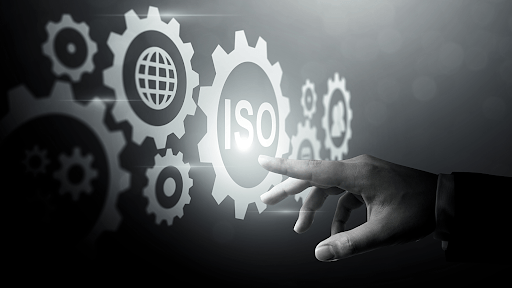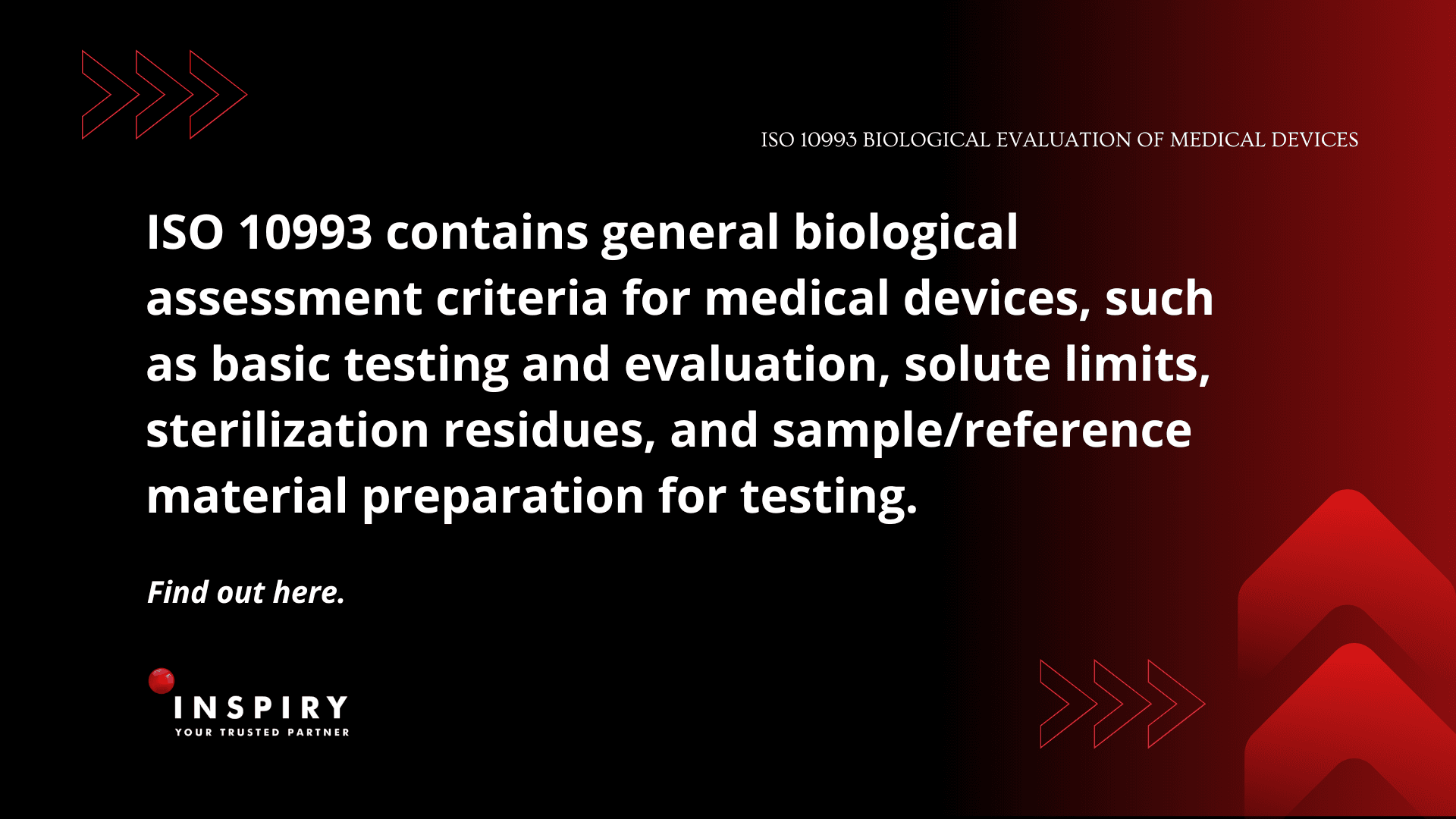
Blog Detail
ISO 10993 Biological Evaluation of Medical Devices

What is biocompatibility testing?
The term "biocompatibility" describes how a medical device interacts with the patient's tissues and physiological systems when they are receiving treatment. A component of the device's overall safety evaluation is the biocompatibility assessment. In vitro, animal, and analytical chemical testing are used to examine the biocompatibility of medical devices. The following elements primarily determine a device's biocompatibility:
Component materials' chemical and physical structures
The kind of patient tissue that the apparatus will come into contact with
Duration of use of this apparatus
In reality, evaluations of medical equipment biocompatibility are carried out to guarantee patient safety. The producers must take risks compliance and the test's intended use into account when designing a biocompatibility test. In fact, risk assessment is used to determine a medical device's biocompatibility. Every medical equipment has some risk associated with it. When designing medical devices, companies aim to minimize hazards and maximize the benefits they offer to patients.
Check whether the medical device or biomedical material (which is in direct or indirect contact with the human body) is safe to use, will not produce harmful substances when used, and will not cause adverse effects on the body, both short-term and long-term, such as causing carcinogenesis or gene mutation. Therefore, biological evaluation and biocompatibility testing are usually required for medical devices to assess how the device interacts with the patient's tissues, cells or body fluids. The main goal of the biocompatibility assessment process is to protect patients from exposure to possible biological hazards.
For devices that have a significant amount of tissue contact, biocompatibility testing data is nearly always necessary. To determine whether a medical device needs to undergo biocompatibility testing, use the ISO 10993 material biocompatibility matrix.
A set of guidelines for testing, identifying and quantifying degradation products, and general biological evaluation for medical devices are included in ISO 10993. This ISO 10993 contains general biological assessment criteria for medical devices, such as basic testing and evaluation, solute limits, sterilization residues, and sample/reference material preparation for testing. Products such as metals or alloys, ceramics, and polymer devices are cited for the purpose of identifying or quantifying degradation products. Framework standards for possible degradation products and toxicokinetic study design standards support this particular standard. System toxicity, hypersensitivity, local effects after implantation, genotoxicity, carcinogenesis, reproductive toxicity, and interaction with blood are among the medical device tests included in this package. Good Laboratory Practice and ISO/IEC 17025 standards form the basis of testing. Testing should be conducted in laboratories that adhere to the guiding principles and are accredited.
Medical device biological evaluation is governed by ISO 10993, which also suggests testing as part of risk management. It makes clear, that:
General guidelines for the risk management process' biological evaluation of medical devices.
Medical devices are generally categorized according to how they come into touch with the body and for how long.
Review of all pertinent data that is currently available.
Based on the risk analysis, the identification of gaps in the available data sets.
Finding the extra data sets needed for the medical device's biological safety examination.
Assessment of the medical device's biological safety.
The assessment of materials and medical equipment meant to come into direct or indirect contact with the patient's body during their intended usage, or the user's body if the equipment is meant to be used for protection (such as masks or surgical gloves), is governed by ISO 10993. The biological assessment of all devices, including implantable and non-implantable, active and non-active medical devices, is covered by ISO 10993.
The following is about the biological evaluation process outlined in ISO 10993:
Biological risk assessment using ISO 10993 standards
According to ISO 10993, a biological risk assessment is a crucial initial step in proving a medical device's biocompatibility and should be carried out as part of a risk management procedure. A thorough risk assessment of the medical device should be part of the biological evaluation:
the medical device,
the material components of the device,
manufacturing process, and
clinical use of the device, including anatomical location and frequency and duration of exposure.
A Biological Evaluation Plan (BEP) is then required to compile knowledge gaps and other noteworthy results that were found during the initial stage of the biological evaluation process. BEP will act as a first risk assessment and provide guidance when it comes to managing identified concerns, which are usually addressed by biocompatibility testing and/or additional assessment.
Biological testing
After determining and recording every known risk in the BEP, the next stage is to address the risk by adhering to ISO 10993's guidelines for biological testing. Understanding every biological component of the gadget and how it will interact with the human body is crucial at this point. Most frequently, biological testing and assessment are carried out using:
Written evaluation based on scientific literature and clinical use of the material.
In vivo or in vitro biological tests.
Chemical tests along with toxicological risk assessment.
Medical device biocompatibility assessment is a popular method of risk reduction. Evaluations of this kind establish if the medical device and its constituent components have the potential to cause an "unacceptable biological response" and what effect they will have on the final user. Does a component have the ability to hurt or react, for instance, if it comes into contact with the user's skin? To put it another way, biocompatibility testing helps to manage and minimize the risk associated with using medical materials, devices, and procedures on final patients.
Drafting a report on biological assessment
The third stage in putting ISO 10993's requirements into practice is to draft a biological evaluation report. This final report, backed by unbiased facts and evidence, provides an overview of the entire biological risk evaluation and assessment. What ought to be mentioned in the report on the biological evaluation?
Supporting data from whatever literature you used;
Assessment of data from testing;
A gap analysis for any available information for biological safety;
Reasons why additional information is not needed.
The primary objective of the ISO standard is to confirm that the gadget is appropriate for the use for which it was designed. The biocompatibility assessment procedure in this case involves biological testing as the most crucial stage. Based on the kind and length of body contact, the standard divides devices into different categories. It offers an inventory of possible biological impacts as well. All parts and materials used in medical devices need manufacturers to gather safety data.
Thank you for taking the time to read our information and guidance. If you need further assistance or would like to consult more about our consultancy services, please do not hesitate to contact us. We are ready to help you realize your success. See you on your next project!
Coordinator: Lestari Chandra N
